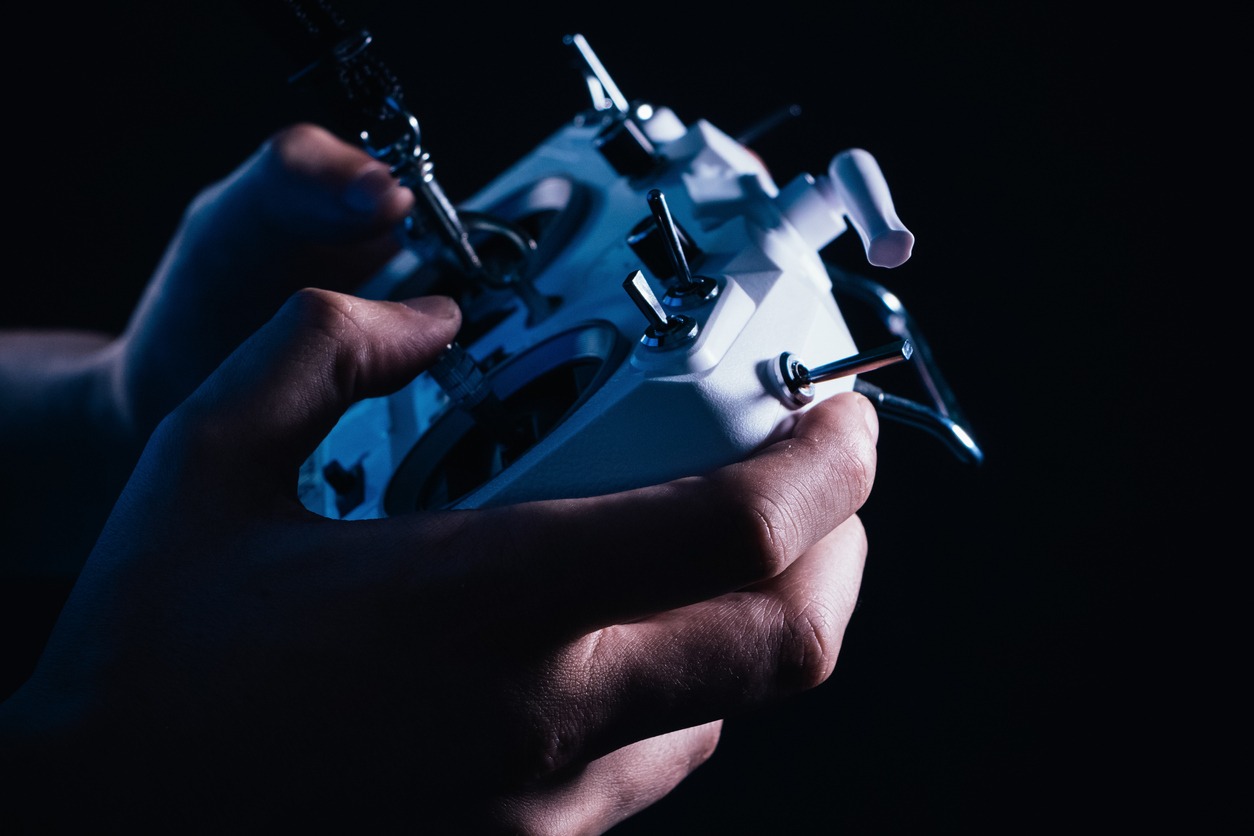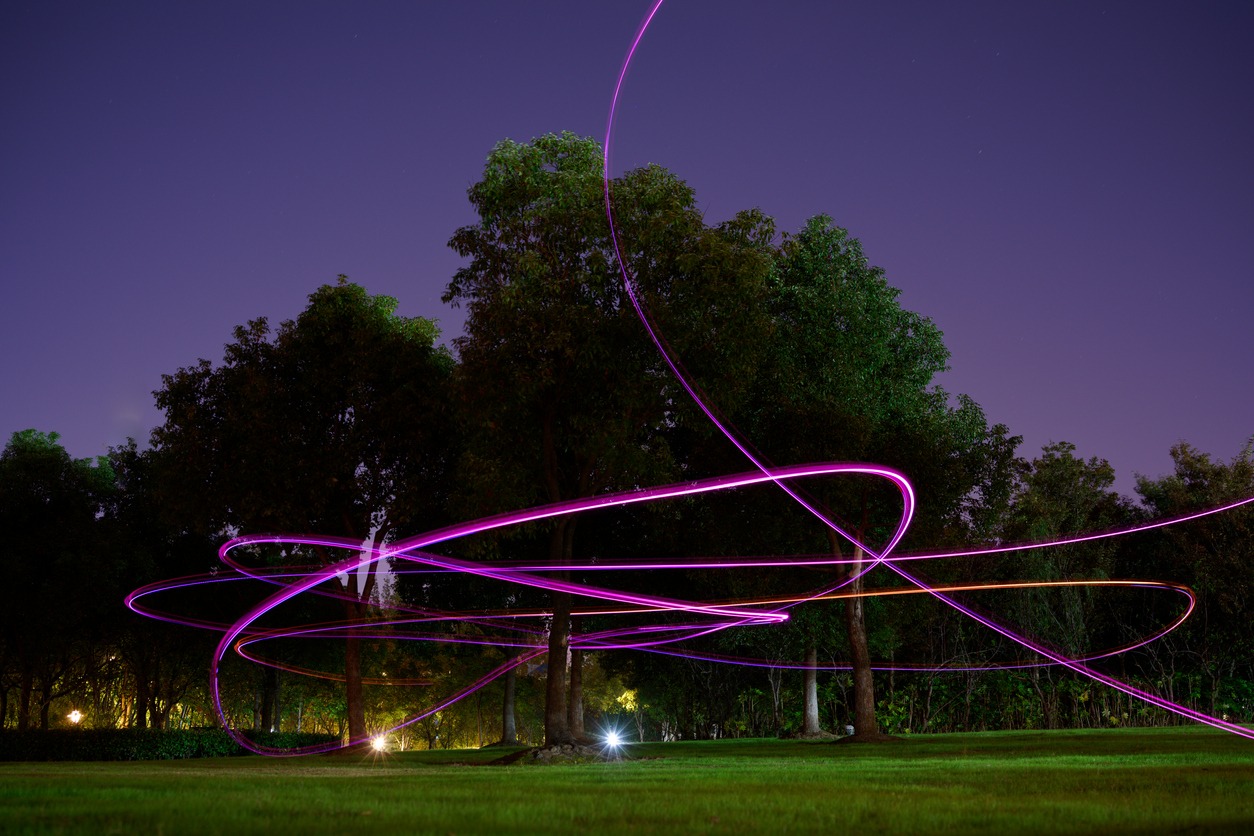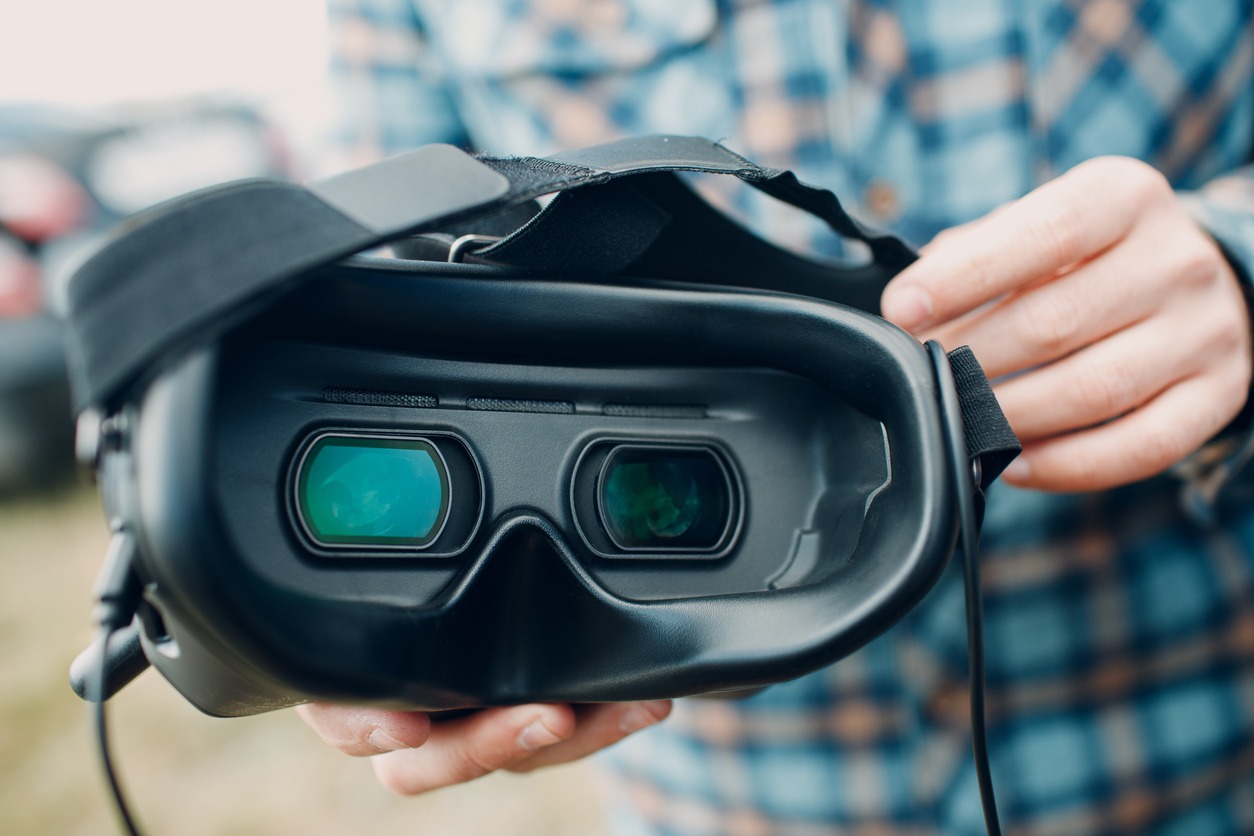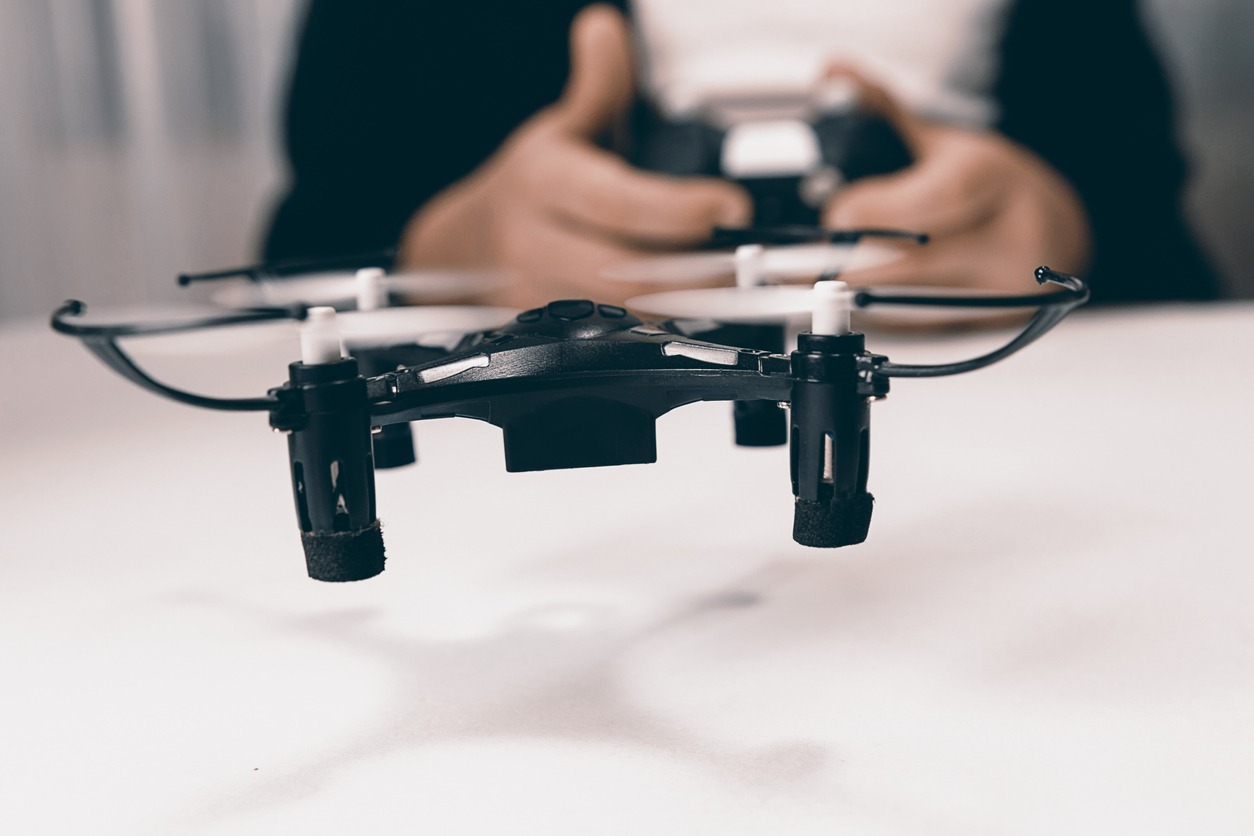Drone racing is an exciting and rapidly rising sport that is garnering worldwide recognition. It is an exciting experience to pilot high-speed drones over difficult obstacle courses. This article will introduce you to the fundamentals of drone racing, including the equipment you’ll need, the abilities you’ll need to acquire, and different racing themes.
Equipment You Would Need
It is important to understand the types of drones used in racing. The quadcopter is the most common racing drone. A quadcopter comes with four rotors, and it can fly in all directions. These drones are very fast, compact, and nimble, making them perfect for racing. However, there are other types of drones available on the market, such as hexacopters and octocopters. In addition to this, most racers use first-person view drones, which have a camera mounted on them and send live footage to the operator, allowing the individual to see what the drone sees.
Having the right equipment is crucial. The most important piece of equipment is the drone itself. You will also need a remote control, a set of goggles or a monitor to see the drone’s perspective, and a toolkit full of replacement components like blades and batteries. Depending on the model and specifications, a drone can cost anywhere from a few hundred dollars to thousands of dollars. The Blade Indicatrix FPV and the Fat Shark Dominator HD3 are two excellent alternatives for those just starting out. These drones are great for racing since they are simple to fly and don’t cost much. but they also have lots of speed and agility.
Getting Started
As soon as you buy the drone, it is time to learn to fly it. It is important to select a safe and sound environment so that you don’t hurt yourself or others in it. It is suggested to practice in a safe and open area, such as a park. This not only ensures safety but also gives you more space to practice. In addition to this, the piloting of their drones is practiced by several racers with the use of “simulators,” which are computers that replicate the controls and flight characteristics of actual drones. This feature allows pilots to get a sense of how the drone flies and practice a variety of maneuvers and tactics without running the risk of crashing the drone. Liftoff and DRL Simulator are two well-known examples of popular simulators.
Local Events
When you feel like you have a solid grip on how to fly your drone, you may begin searching for local events, including drone racing. These competitions are often organized by local organizations or clubs, and there are typically a variety of classes or categories to accommodate the many different kinds of drones that are entered. This makes it possible for pilots with varying degrees of experience to compete against one another.
Racing Formats
When you start participating in a drone racing competition, you will normally be assigned a predetermined course to navigate with your drone during the race. You will be timed as you race through the course, which will be marked with cones or other types of markers. There are also “gates” or hoops that the drone must fly through in certain races, and in other circumstances, the race may take place in a particular site, such as a stadium, which will add an additional degree of complexity to the competition.
There are few options to choose from when it comes to racing formats. Time trials, in which each pilot takes the course once and has their time recorded, are by far the most common kind of race. Head-to-head racing, in which pilots race against each other in brackets, is another popular type. The last kind of racing is called “freestyle,” and it’s when pilots get to show off their tricks and acrobatics.
Things to Consider
Drone racing can be a fun and exciting hobby for people of all ages. It is relatively easy to get started, and the equipment is readily available. However, it is important to remember to follow safety guidelines and regulations when flying your drone and to always fly responsibly.
Like any other sport, you can improve your skills in this one by practicing and practicing. It holds true: the more you fly, the better pilot you will become—not just in flying but also with navigating.
Anyone of any age may enjoy the thrill of drone racing. It’s simple to get set up, and there’s no shortage of necessary tools. But always fly your drone safely and according to the laws and safety rules that are already in place.
Recently, there has been a shift towards esports drone racing. Here, pilots navigate through a virtual set on a virtual platform. There are certain popular virtual tracks that provide a real-life experience, such as Biosphere SIM.
Tips and Tricks for Drone Racing
Drone racing requires a lot of patience and practice. Let’s look at some tips and tricks that will help you improve your drone racing skills.
Find a Suitable Track
When it comes to drone racing, there are no clear boundaries. This means that you fly on your own, ensuring that you can pass the goal points. There is a racing line that is optimal, as it allows you to complete the race in the shortest time possible. Most beginners tend to ignore the racing lines; however, you should start practicing as soon as possible so that you can improve your technique as you go.
There’s no one definitive method for racing. It’s possible that different people will have success with different methods, and each method has its own set of benefits that work in different situations. You will have to try and fail a few times before you find your style. Once you do, you will probably stick to that “style” for the most part. While you are practicing, you should try to keep track of the many approaches you may take to navigating a curve or obstacle.
Record Practice Sessions
It’s important to keep track of your practice sessions so you can see how you’re doing and have proof that you’re getting better.
Observing the recording of your most recent flight is one of the activities that you may do that is both easy and useful, especially when it comes to developing your lines to their full potential. As was previously said, selecting your ideal line is an activity that requires experimentation.
Additionally, seeing your own videos will provide you with the wonderful sensation of having practiced mindfulness. When you go out for your practice runs, you need to be aware of precisely what it is that you are working toward; you can’t simply do something for the sake of telling yourself that you’ve been training. Always keep in mind that the most important thing is to better yourself at your own speed!
Keep Your Camera Angle Elevated
The camera’s position must be adjusted as per the comfort of the pilot. It is very important to have a good view to fly without crashing; the position not only helps with the visibility but also with the control.
From what several professional pilots have said, it is true that moving the camera angle up makes the drone easier to move around. As a result, most novice pilots tend to stay at the standard tilt of 20 to 25 degrees because it is the ideal range for having good sight. However, there are certain exceptions to this rule. Once you start competing, you will slowly realize that the traditional tilt will keep you from going as fast as you can.
As with many other methods, all that is required of you is some practice and experimentation to find the appropriate angle that works best for you. Learn how to cross-coordinate your movements and ingrain this skill into your muscle memory. As you improve, you should challenge yourself by gradually tilting the camera angle to see how far you can go.
Practice with Others
Most people depend on the resources available online and tend to practice solo. This is again based on individual preference, but practicing with others will help you have a better understanding of your surroundings and your competency when you are in competition against other individuals.
It is also a very good idea to hone your flying skills with more experienced pilots when you can. In this manner, you will be able to get first-hand experience in the areas in which you may need further development. The use of crew practices makes training more enjoyable and natural.
Learn the Techniques
It is true that everyone is focused on speed to win. But to win, techniques are more important than speed. Having a solid understanding of techniques is just as crucial, if not more so. You’ll become a much better drone pilot once you know how to choose which paths to take on a racing circuit to save time and avoid crashes.
In a competition, it doesn’t matter how quickly you’re moving if you keep hitting barriers or making curves that are too wide. You won’t come out on top. So, you should work on your technical skills to make sure you can handle each section of a track in the best way possible. After some time has passed, you will have a better understanding of where you can pick up the pace and where you need to reduce it.
Conclusion
In a nutshell, drone racing is a kind of competition that blends the exhilaration of flying with the spirit of competing against other pilots. Quadcopters are the most common type of drone used in races, but other kinds can also be used.
The price of a drone can vary anywhere from a few hundred dollars to several thousand dollars, depending on the model and capabilities that it has. The most common kind of competition is called time trials, and it consists of individual competitions in which each pilot flies the course on their own while their times are recorded. In addition to head-to-head competition, another popular option is freestyle racing. When flying, it is essential to always fly responsibly and keep in mind to follow all the safety norms and laws that are in place.



